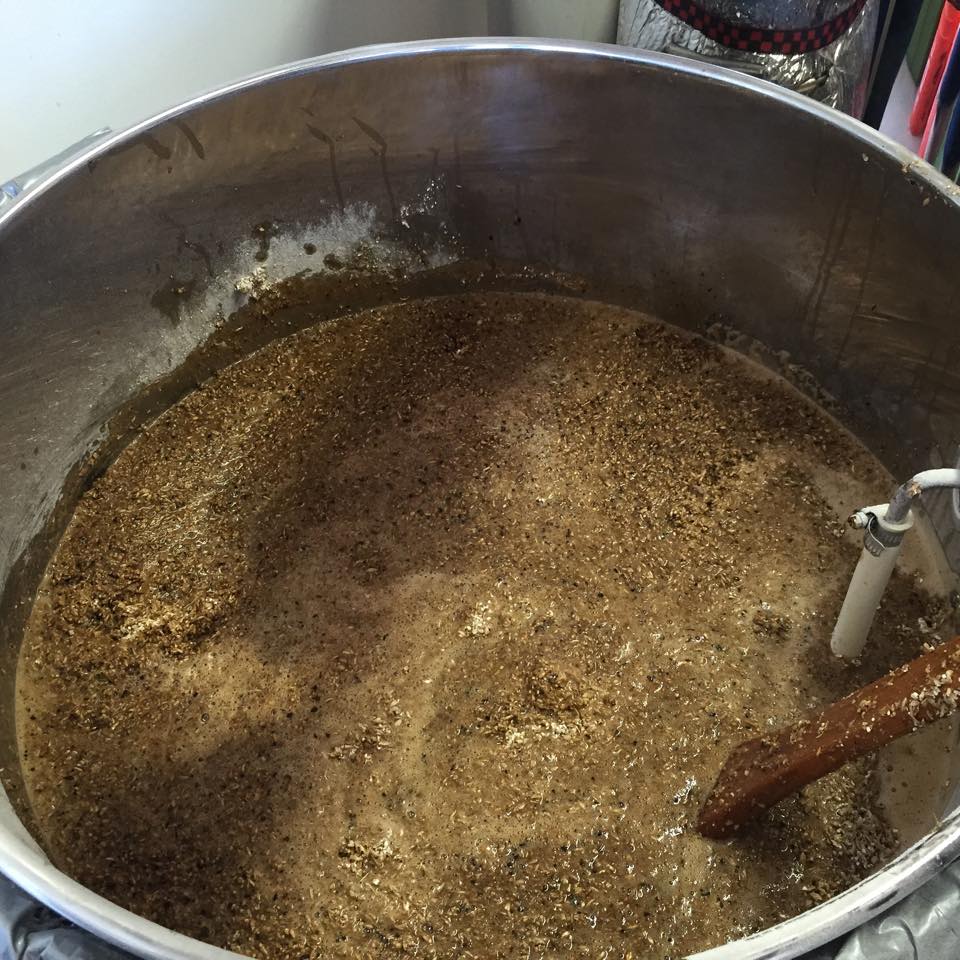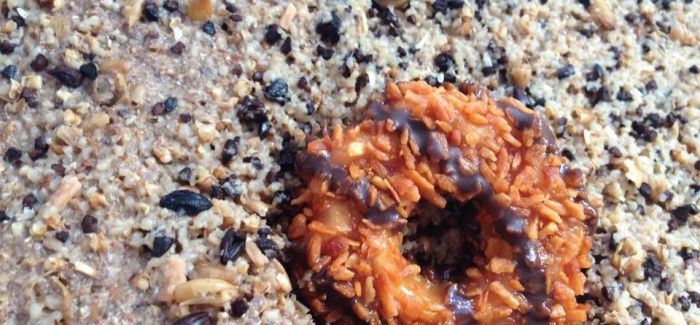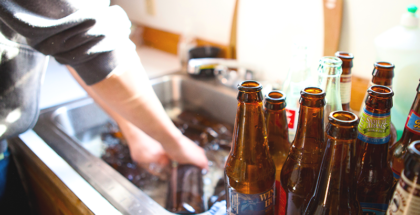National Homebrew Day Celebrates Reinheitsgebot
Raise a glass, drink a beer, and kiss, it’s National Homebrew Day! I know that sounds odd, so let me explain.
In 1988, Congress declared May 7 as National Homebrew Day. So to celebrate, homebrewers from around the world get together every year to brew. We meetup at breweries, homebrew shops, or at people’s houses with all of our equipment and our ingredients. Since most recipes take about four to five hours to brew, brewers will be setup and brewing by 9am. That means it’s important to pack everything up the night before so you don’t forget anything and to grab some coffee and food on the way in. The American Homebrewers Association also provides material online for hosts to use to coordinate and advertise their event, as well as provides a few recipes for brewers to try.

This year, the AHA is encouraging participants to brew beers that abide by the Reinheitsgebot, by only using hops, water, yeast, and barley. This law was enacted in 1516 as a way for the Government to limit brewers to only using three ingredients. This may seem like an odd law now, but back then they were concerned that brewers would use all the wheat in the country to make beer, instead of it being used to make bread. So they did what any well-meaning government does, they passed a law that had significant unintended consequences based on sparse information that left out major components. The most significant component left out was yeast, but back then they didn’t know yeast existed so I guess we can let that pass.
A lot of brewers may resist only brewing with these four ingredients, but I encourage you to give it a try. While the law may not apply today, I believe that only using these four ingredients is the best way to improve your beers and to become a better brewer. Since I work at Castle Rock Homebrew Supply, I get the opportunity to talk to a lot of homebrewers that have made a few good kits, so now they want some advice on making their own recipes. Most of them are pretty excited to start experimenting. They start by adding some fruit, then maybe some chocolates, then dive head first into extracts and adjuncts. Before they know it, the original beer is lost in the additions and it’s too complex to pull any unique flavors. Don’t worry, it’s normal. I did it too.
The first year I was brewing, all of my beers received low scores in the 20s. I’d make beers with giant grain bills, multiple hop additions, and any other ingredient I could throw into the boil. In almost every beer I used carapils, multiple crystal malts, expensive aroma hops to bitter, extracts, fruit, candy sugars, and other ingredients to add crazy flavors I thought would be good. One year, our club hosted a homebrew competition to brew winter warmers. My team brewed a beer with dark candied sugar, raspberries, pine needles, cinnamon, and maple sugar we called “Rudolph’s Revenge”. The rules of the competition were simple: Use special ingredients to make unique beers. I wrote the rules expecting beers from members to be unique and complex. Most of them were, but our beer lost that competition. The beer was too sweet, too boozy, and had too much going on. The beer that won was simple and only used a few ingredients. I learned from that competition that too complex and too many ingredients hurt your beer.
When I brew now, I follow one simple rule: K.I.S.S. – Keep. It. Simple. Stupid.
All of my beers now only contain three grains and two hops. If I want to make my beer a bit crazier, I’ll add one or two adjuncts, but no more. This has changed my brewing technique by focusing on the quality of the ingredients, the yeast, and advanced brewing science; not the number of adjuncts I can add.

My advice from this is to take a look at your recipe and ask yourself why each ingredient is in there. By doing this, you’ll discover that many ingredients are repetitive or don’t add anything unique because it’s over shadowed by another ingredient. When I first did this, I realized that there was a tremendous amount of information out there which really got me into the properties of specialty grains and the characteristics they can add to each beer. By understanding what parts go into a recipe and why, it’s easy to build a simple recipe that tastes better than a complex one ever could. A simple recipe also sets the foundation for getting into advanced brewing science, like water chemistry and yeast propagating. By starting simple, you can change small variables to make a big difference.
So this year for National Homebrew Day, start with a good foundation and then work from there. I promise that by doing this, you’ll be amazed by how great your beers will taste. Then you can go on and make those crazy beers.







Submit a Comment